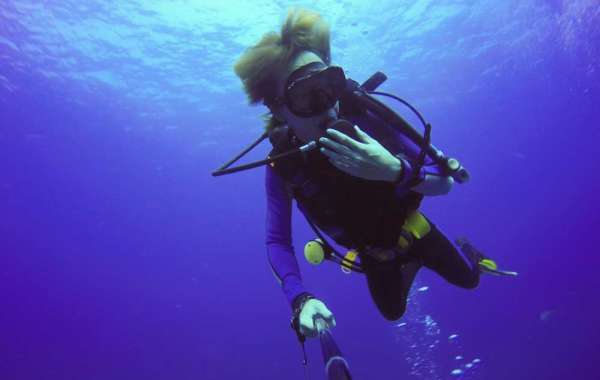In today's world, where technology is constantly evolving and expanding its reach, one area that has seen significant advancements is underwater inspection. Whether it's for maintaining infrastructure, conducting research, or exploring the mysteries of the deep, underwater inspection plays a vital role. Let's dive deeper into the importance, advantages, and methods of underwater inspection.
What is Underwater Inspection?
Underwater inspection refers to the process of examining and assessing underwater structures, equipment, and environments using specialized tools and techniques. This could include bridges, dams, pipelines, ship hulls, and marine ecosystems, among others. The primary objective is to ensure the integrity, safety, and functionality of these underwater assets.
Importance of Underwater Inspection
Infrastructure Maintenance: Regular inspections help identify potential issues such as corrosion, cracks, or structural damage in underwater infrastructure like bridges and dams. Early detection allows for timely repairs, preventing more significant problems and ensuring longevity.
Safety: For underwater structures like offshore platforms or pipelines, safety is paramount. Inspections help ensure that these structures are in good condition, reducing the risk of accidents and environmental hazards.
Environmental Monitoring: Underwater inspections are also crucial for monitoring marine ecosystems. They help scientists and researchers understand the health of underwater environments, track changes over time, and identify potential threats like pollution or habitat destruction.
Resource Exploration: In industries like oil and gas, underwater inspections are used to explore and assess potential resource reserves. This helps companies make informed decisions about extraction and production.
Advantages of Underwater Inspection
Cost-effective: Traditional methods of inspection, such as draining water from a reservoir or dry-docking a ship, can be time-consuming and expensive. Underwater inspections eliminate the need for such costly procedures, making them more economical.
Non-disruptive: Underwater inspections can be conducted without disrupting normal operations. This is especially beneficial for infrastructure like pipelines or offshore platforms that need to remain functional during inspections.
High Precision: With advanced underwater imaging technologies like sonar, ROVs (Remotely Operated Vehicles), and AUVs (Autonomous Underwater Vehicles), inspections can provide detailed and accurate data, allowing for precise assessments and measurements.
Safety: Conducting inspections underwater using ROVs or AUVs eliminates the need for divers to enter potentially hazardous environments, thereby reducing risks to human life.
Methods of Underwater Inspection
Diver Inspection: Divers equipped with specialized gear can visually inspect underwater structures. This method is suitable for shallow waters and allows for hands-on assessment.
ROV Inspection: Remotely Operated Vehicles are unmanned submersibles equipped with cameras, lights, and sensors. They can reach greater depths than divers and provide high-quality visual data.
AUV Inspection: Autonomous Underwater Vehicles are self-propelled vehicles that can navigate underwater without human intervention. They are equipped with advanced sensors and can cover large areas efficiently.
Sonar and Imaging: Sonar technology uses sound waves to create images of underwater environments. It's especially useful for mapping the seabed and detecting submerged objects or structures.
Conclusion
Underwater inspection is a critical process that serves multiple purposes, from maintaining infrastructure to protecting the environment and ensuring safety. With advancements in technology, conducting underwater inspections has become more efficient, accurate, and cost-effective. As we continue to rely on our underwater assets for various purposes, the importance of regular and thorough inspections cannot be overstated. Investing in underwater inspection not only safeguards our infrastructure and environment but also contributes to sustainable development and responsible resource management.







